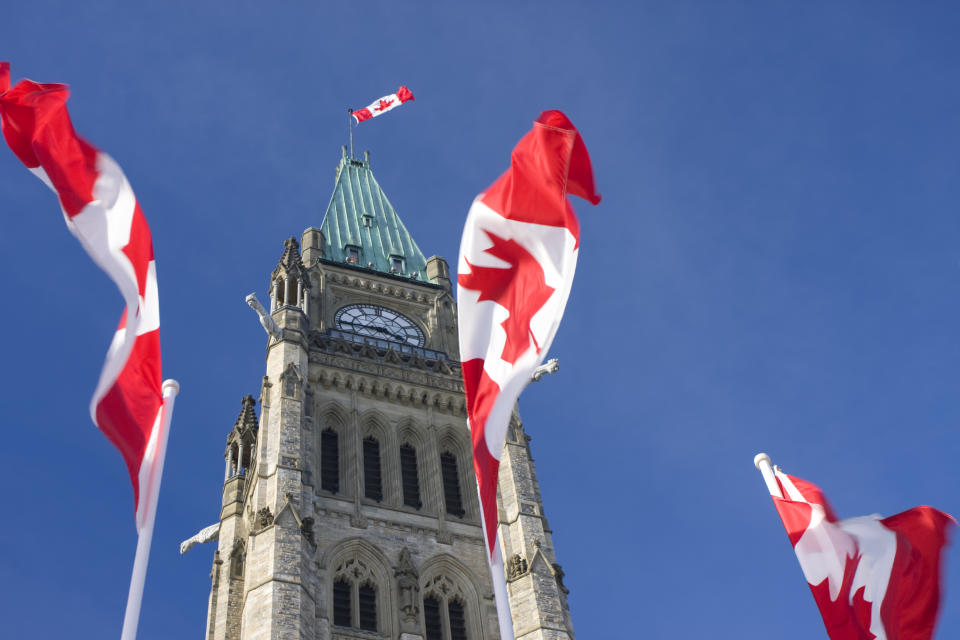Coronavirus could create biggest economic contraction and deficit in Canadian history

The coronavirus pandemic is on track to hit taxpayers and the economy with the worst one-two punch in Canada’s history.
The Parliamentary Budget Officer (PBO) bases the dire outlook on a couple of conditions. First, COVID-19-related measures would still be in place through the spring and not fully lifted over the remainder of the year. It also assumes the absence of a major oil price rebound.
“For 2020, real GDP growth is assumed to be -12.0 per cent, which would be by far the weakest on record since the series started in 1961,” said the PBO.
“To put this in historical perspective, the weakest growth in real GDP on record (of ‑3.2 per cent) was observed in 1982—roughly one quarter of our assumed decline.”
The PBO’s estimate might sound dramatic, but it’s in line with the Bank of Canada in its most recent monetary policy report.
After dramatic job losses in March and millions filing for COVID-19 benefits, the PBO expects further job losses in the second quarter. As a result, it expects the employment rate to drop to 53.8 per cent — the lowest since record keeping started in 1976.
Ballooning deficit
Ottawa has committed to spending $146 billion in the fight against COVID-19 to date, which will cause the deficit to balloon.
“Based on our updated economic scenario and including announced federal measures, the budget deficit would increase to $24.9 billion in 2019‑20 and then to $252.1 billion in 2020-21,” said the PBO.
“Relative to the size of the Canadian economy, the deficit would be 1.1 per cent of GDP in 2019-20 and 12.7 per cent of GDP in 2020-21.
That would be the largest deficit on record, easily surpassing 8.0 per cent of GDP in 1984‑85.
The PBO says a hampered economy and increased spending will lead to a debt-to-GDP ratio rising to 48.4 per cent in 2020-21. The last time it was that high was 1999-00. The highest recorded level was 66.6 per cent of GDP reached in 1995-96.
The PBO says additional spending to support the economy may be required, but there is light at the end of the tunnel.
“Recall that prior to the COVID-19 and oil price shocks, the Government’s balance sheet was healthy. Given the temporary nature of budgetary measures, credit market access at historically low rates, and looking to historical experience, indicate that the Government could undertake additional borrowing if required,” said the PBO.
“Once the budgetary measures expire and the economy recovers, the federal debt-to-GDP ratio should stabilize and then start declining under pre-crisis fiscal policy settings.”
But the PBO says the debt ratio could keep rising if measures are extended or made permanent.
Jessy Bains is a senior reporter at Yahoo Finance Canada. Follow him on Twitter @jessysbains.
Download the Yahoo Finance app, available for Apple and Android.

 Yahoo Finance
Yahoo Finance 